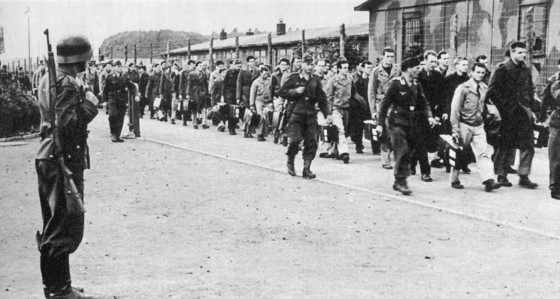
“The battle marked a turning point in the struggle for Native American autonomy.”
THE Battle of Tippecanoe, fought on November 7, 1811, was more than just a frontier skirmish between American forces and Native American warriors. This clash, which took place in what is now Indiana, had far-reaching implications for Native American resistance, the future of westward expansion, and even the War of 1812.
In the early 1800s, tension was mounting between Native American tribes and American settlers moving westward. The Shawnee leader Tecumseh and his brother Tenskwatawa, also known as “The Prophet,” led a growing coalition of Native tribes determined to resist American encroachment on their lands. They established a settlement called Prophetstown near the Tippecanoe and Wabash rivers, which became a spiritual and military hub for their resistance movement. Tecumseh believed that only a united Native front could halt the tide of settlers, and he sought alliances with various tribes across the Great Lakes and the Mississippi Valley, hoping to build a powerful confederation.
American leaders saw the growing influence of Prophetstown as a mortal threat to their ambitions of expansion. Territorial Governor William Henry Harrison, stationed in Indiana, was particularly alarmed by Tecumseh’s attempts to unify the tribes. Harrison, an ambitious military leader and future U.S. president, had long advocated for American control of Native lands in the Northwest Territory. He saw an opportunity to strike a blow against the resistance movement, especially when Tecumseh left Prophetstown to seek further alliances with Southern tribes. Believing the settlement was vulnerable in Tecumseh’s absence, Harrison gathered a force of about 1,000 soldiers, composed mainly of regular infantry and local militia, and marched toward Prophetstown in early November 1811.
On the night of November 6, Harrison and his men camped near Prophetstown, expecting to negotiate with the Native leaders the next day. But Tenskwatawa, who had been left in charge, chose a different course of action. He gambled that his warriors could surprise Harrison’s troops and defeat them under the cover of darkness, hoping that a victory would strengthen the alliance Tecumseh was building.

In the early hours of November 7, Tenskwatawa ordered an attack. An estimated 500 Native warriors—drawn from the Shawnee, Kickapoo, Potawatomi, and other tribes—descended upon Harrison’s encampment in a fierce assault.
The ensuing battle was chaotic. In the darkness, Harrison’s troops initially struggled to form defensive lines as Native warriors launched surprise strikes, taking advantage of their familiarity with the terrain. The fighting lasted for about two hours, with both sides suffering significant casualties.
American losses included 62 soldiers killed and about 126 wounded, while Native casualties are estimated to have ranged from 36 to 50 killed and many more wounded. Ultimately, Harrison’s forces managed to regroup and repel the attackers, forcing the Native warriors to retreat.
With his troops victorious, Harrison ordered his men to march on Prophetstown, which they burned to the ground. This destruction dealt a severe blow to the Native resistance movement. Prophetstown was a symbol of unity and defiance, and its loss weakened morale among the tribes. While Tecumseh continued to resist U.S. expansion, the alliance he was building never fully recovered. Moreover, the defeat caused some tribes to question Tenskwatawa’s leadership and spiritual authority, as his prediction of victory had proven disastrously wrong.

Tippecanoe also had far-reaching political implications in the United States, where it was portrayed as a major victory against a dangerous Native threat, enhancing Harrison’s reputation. He capitalized on this success throughout his career, ultimately leading to his famous 1840 presidential campaign slogan, “Tippecanoe and Tyler Too.” However, the battle also exacerbated tensions between the United States and Britain. American leaders believed that the British were encouraging Native resistance by supplying them with weapons, which added to the growing calls for war against Britain. These sentiments contributed to the outbreak of the War of 1812 just months later, in which Tecumseh would again fight against the United States, this time as an ally of the British.
The battle marked a turning point in the struggle for Native American autonomy. Tecumseh’s vision of a united Native confederacy was, in many ways, shattered at Tippecanoe. Without a stronghold like Prophetstown and with inter-tribal unity weakened, resistance to American expansion became increasingly fragmented. In the years that followed, Native tribes faced continued pressure from settlers and military forces, losing vast amounts of land to treaties that were often made under coercion or duress.
Today, Tippecanoe represents a key moment in the struggle between Native sovereignty and the relentless push of the American frontier.













1 thought on “The Battle of Tippecanoe — Inside the 1811 Clash That Changed the American Frontier”